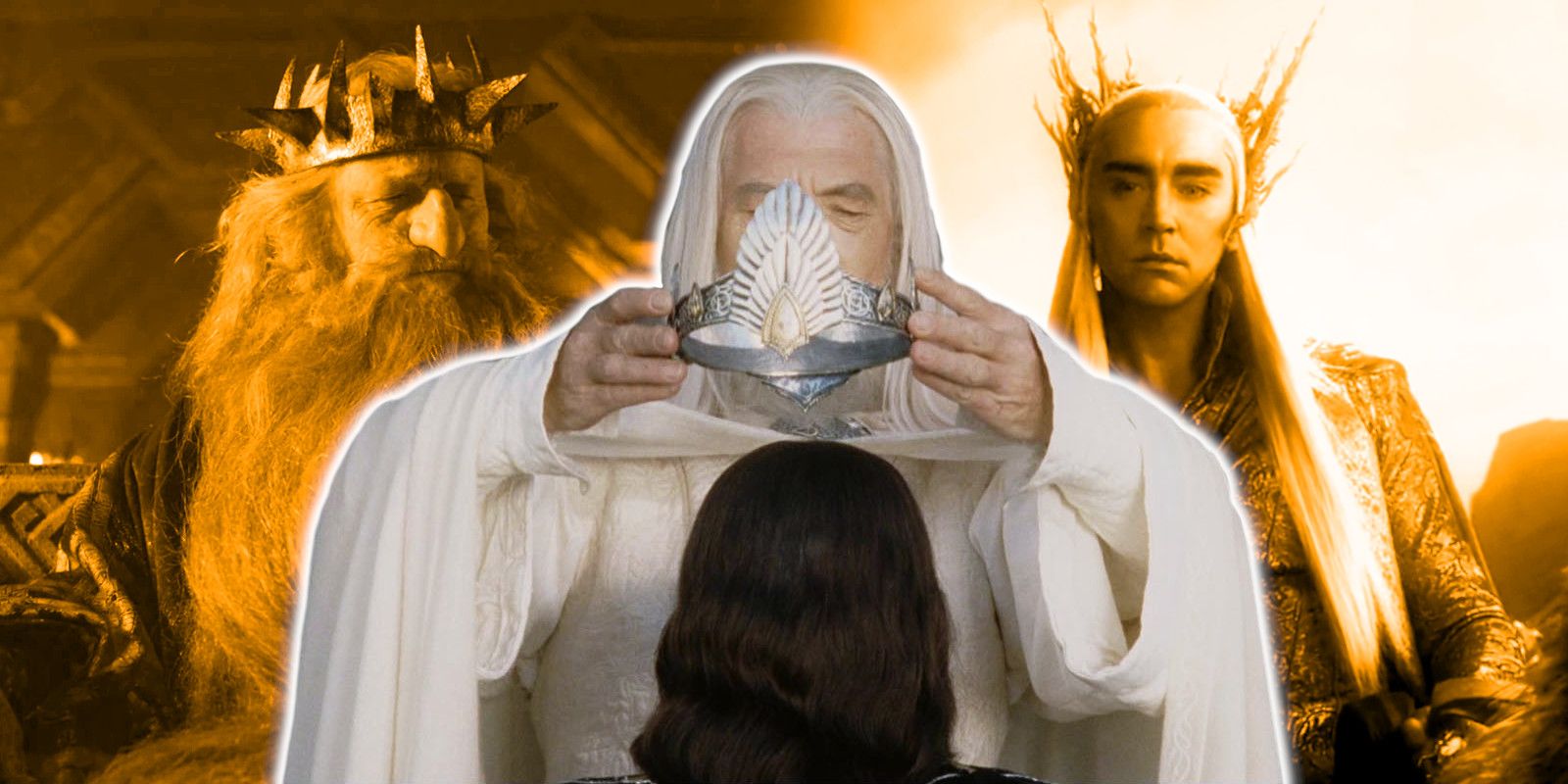
Two parts of this quote were easy to understand. Orthanc and Barad-dûr were the towers of Saruman and Sauron respectively, so the keys to them would give Gandalf control over his enemies’ greatest fortresses. The Rods of the Five Wizards, meanwhile, referred to the staves that Saruman, Gandalf, Radagast, and the two enigmatic Blue Wizards used to enhance their magical abilities. But one part of his quote was more mysterious. The phrase “seven kings” appeared nowhere else in Jackson’s Middle-earth films, nor did it appear in any of Tolkien’s other writings, so it is unclear which kings Saruman was referencing and why their crowns would be so significant. There has been much speculation about this among fans of The Lord of the Rings, and there are a few plausible explanations for the seven kings’ identities.
The Seven Crowns Might Have Belonged to Dwarves
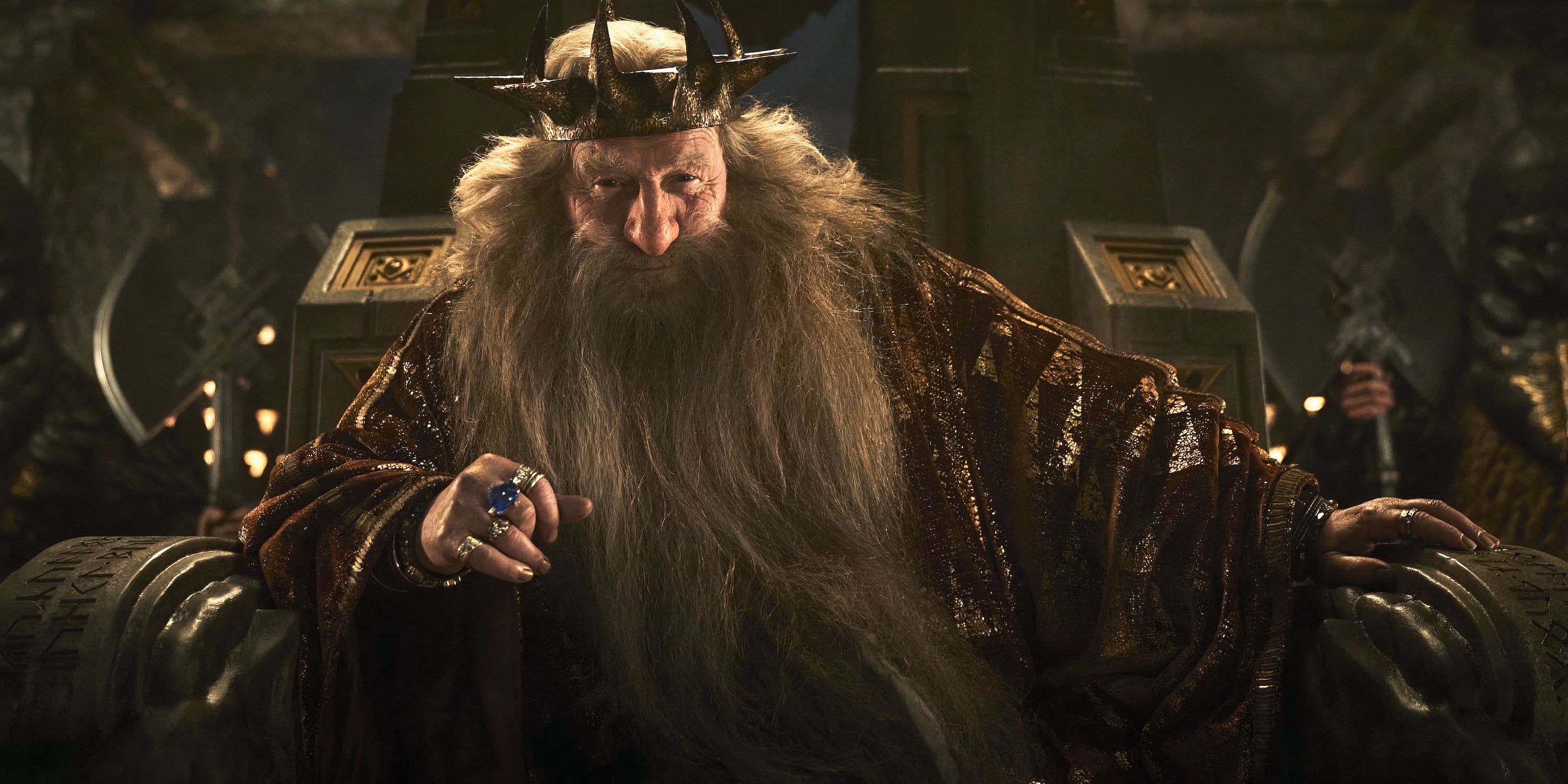
Trivia
In the novel, Saruman added another item to the list: “a pair of boots many sizes larger than those that you wear now.”
According to the novel version of The Lord of the Rings, Frodo met some Dwarves from the eastern clans who fled the area when Sauron rose to power.
The most popular theory about Saruman’s comment is that it referred to the Dwarf-lords. As Tolkien explained in The Silmarillion, there were seven Dwarven clans in Middle-earth: the Longbeards, the Firebeards, the Broadbeams, the Ironfists, the Stiffbeards, the Blacklocks, and the Stonefoots. The Longbeards — better known as Durin’s Folk — were the most prominent Dwarves in The Hobbit and The Lord of the Rings, as Gimli and the members of Thorin’s Company hailed from that clan. The Firebeards and Broadbeams lived in the Blue Mountains west of the Shire, though some left their original homeland to integrate into Durin’s Folk, and the other four clans lived in the far east of Middle-earth.
Each of the seven Dwarven clans was led by a descendant of the Fathers of the Dwarves, the original seven Dwarves whom Aulë, the Vala of crafting and forging, created in Middle-earth’s ancient history. Sauron distributed seven Rings of Power among the leaders of these clans in the Second Age, hoping to gain control over the Dwarven race, but they proved resistant to his dark magic. The crown of King Durin was an important symbol for Durin’s Folk, appearing in places such as the Doors of Durin in Moria, so the other clans likely held the crowns of their kings in similarly high regard. The main argument against this theory is that it would be strange for Saruman to single out the race of Dwarves specifically, as Men and Elves were more relevant to the War of the Ring.
The Seven Crowns Might Have Belonged to Men
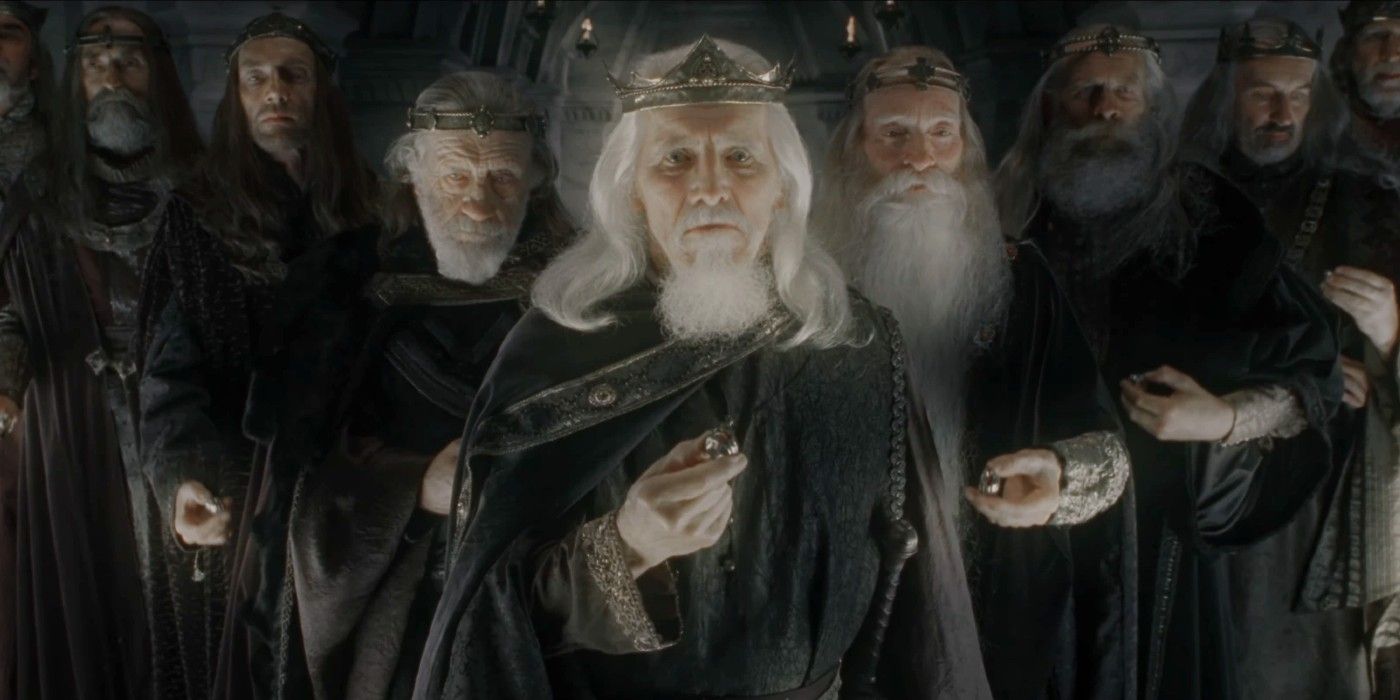
Trivia
Rhûn and Harad simply meant “East” and “South” in the Elvish language of Sindarin, respectively; the origin of Khand’s name is unknown.
Since Saruman was in Rohan at the time, perhaps he was instead referring to seven kings from the race of Men. Fittingly, there were seven major regions inhabited by Men in The Lord of the Rings. In addition to Gondor and Rohan, there was Gondor’s sister kingdom of Arnor. Though the Witch-king of Angmar destroyed Arnor before the events of the story, Men still lived in the area, and Aragorn restored the kingdom at the end of The Lord of the Rings. Then there was Dale in the north, led by King Brand, the grandson of Bard the Bowman from The Hobbit. After the great dragon Smaug attacked Lake-town, Bard led many of the survivors to Dale. That just left three lands from the east and south of Middle-earth: Rhûn, Khand, and Harad, home to most of the Men who served in Sauron’s army during the War of the Ring.
However, there is no evidence that Rhûn, Khand, or Harad had kings. The terms referred to large regions rather than individual nations, so they could have contained any number of governments. Further, Sauron had conquered those lands by the time of The Lord of the Rings, and given his megalomania, he likely would not have allowed anyone else there to refer to himself as a king. It is possible that Saruman counted Arnor as three kingdoms rather than one. After the death of King Eärendur in the year 861 of the Third Age, a dispute over the throne arose. Each of his three sons believed himself Eärendur’s rightful heir, so they split Arnor into three new kingdoms: Arthedain, Cardolan, and Rhudaur. If Saruman considered them separate, there would only need to be one crown from Rhûn, Khand, or Harad to make seven. Alternatively, the final crown in question could have been that of the Witch-king, who once ruled over the land of Angmar. Yet these divisions all feel somewhat arbitrary; if Saruman wanted to reference the kingdoms of Men, he probably would have gone with a higher number to include them all.
Saruman’s Comment Might Not Have Been Specific
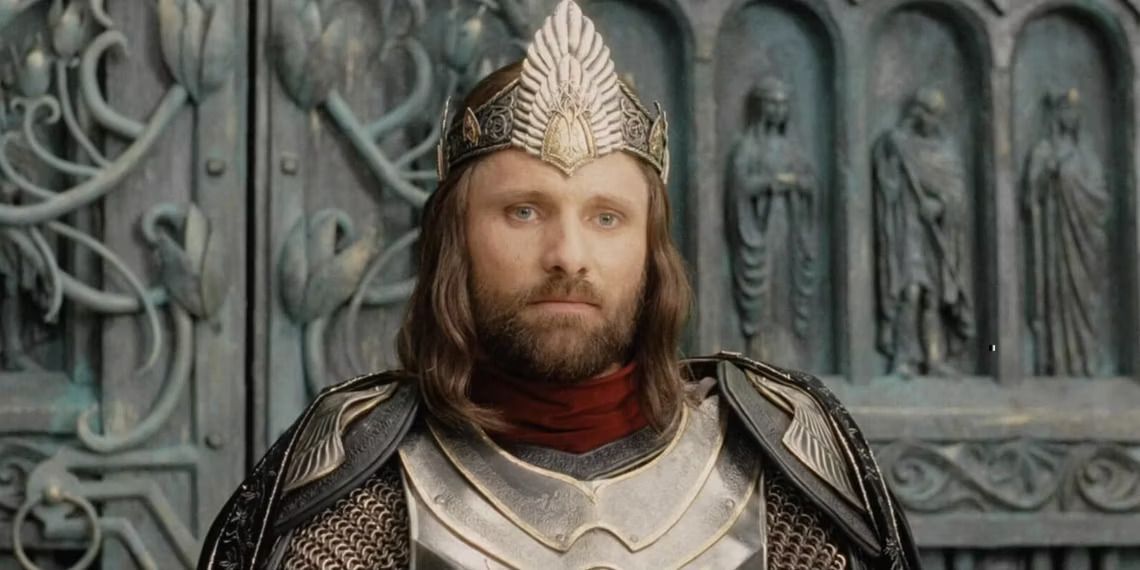
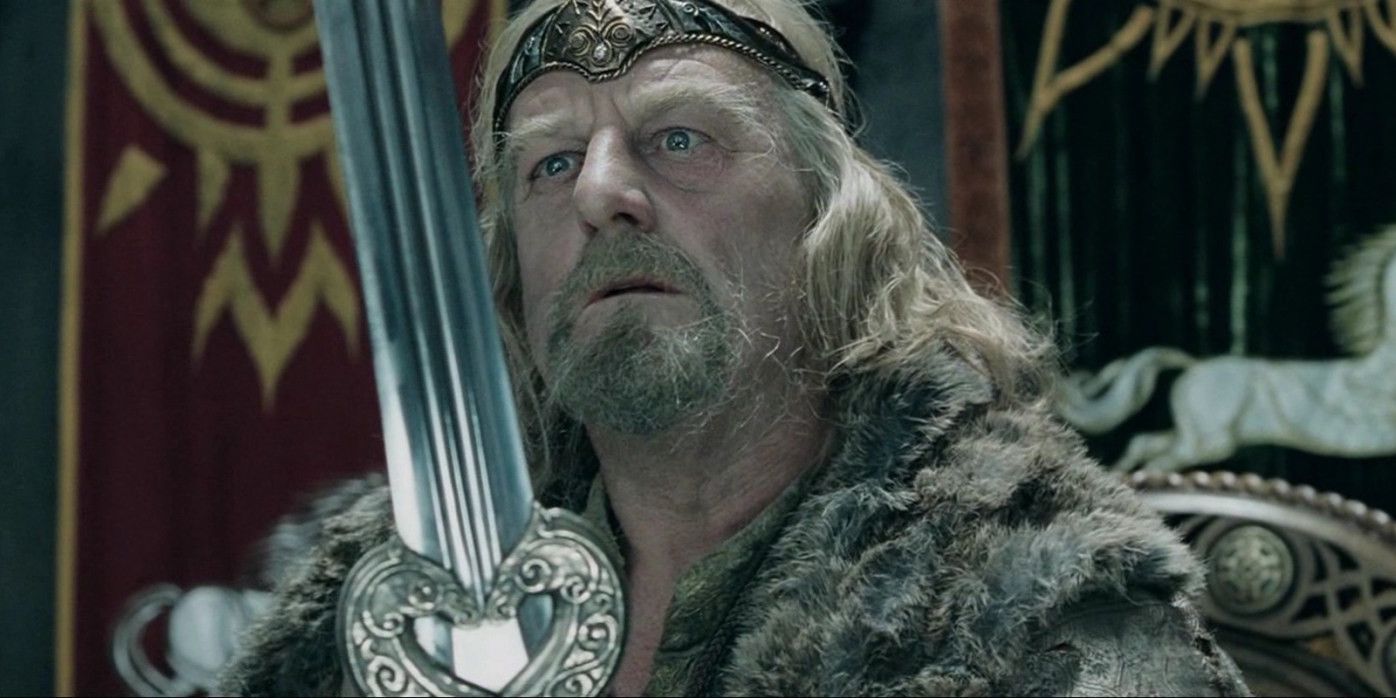
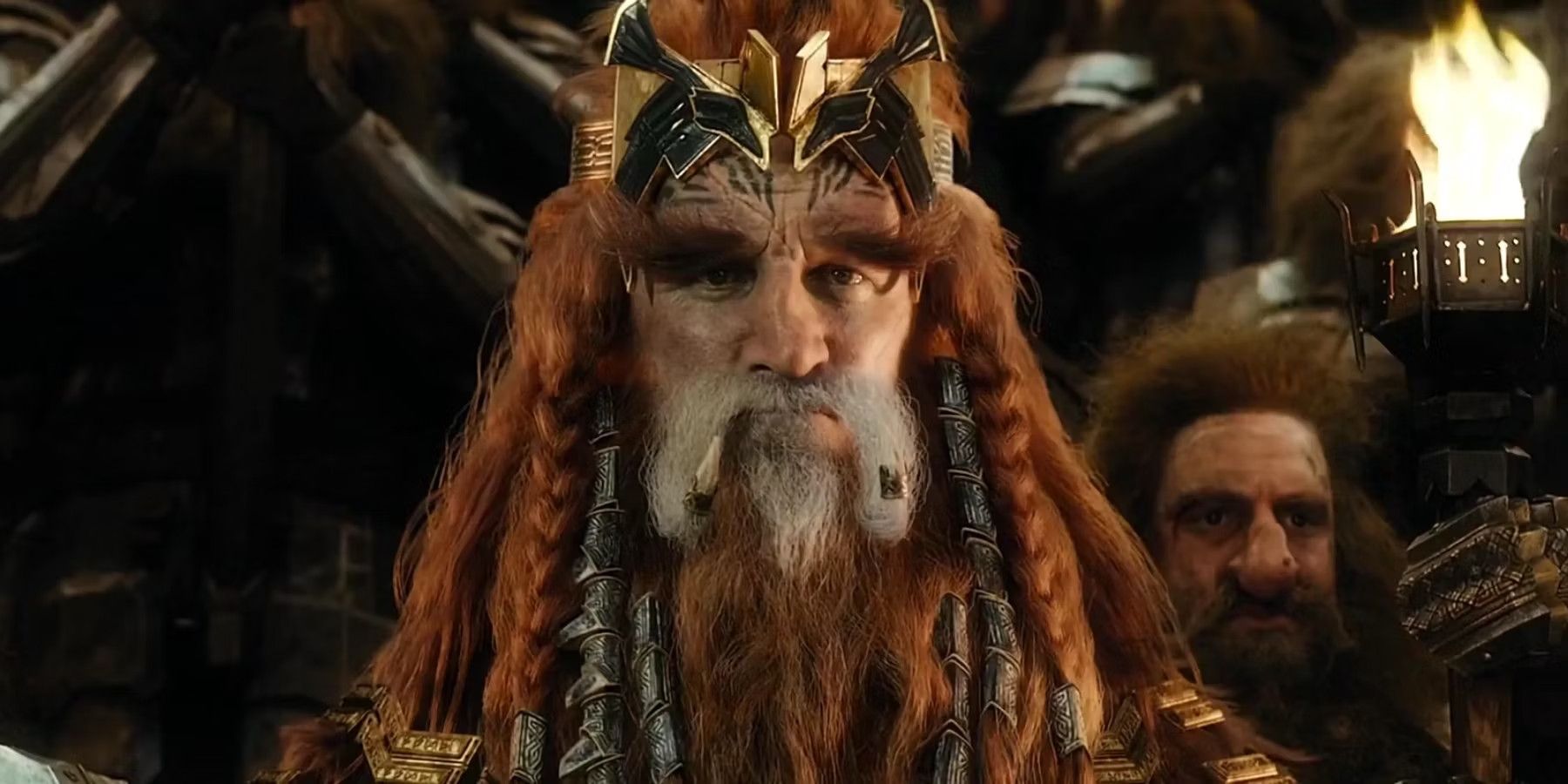

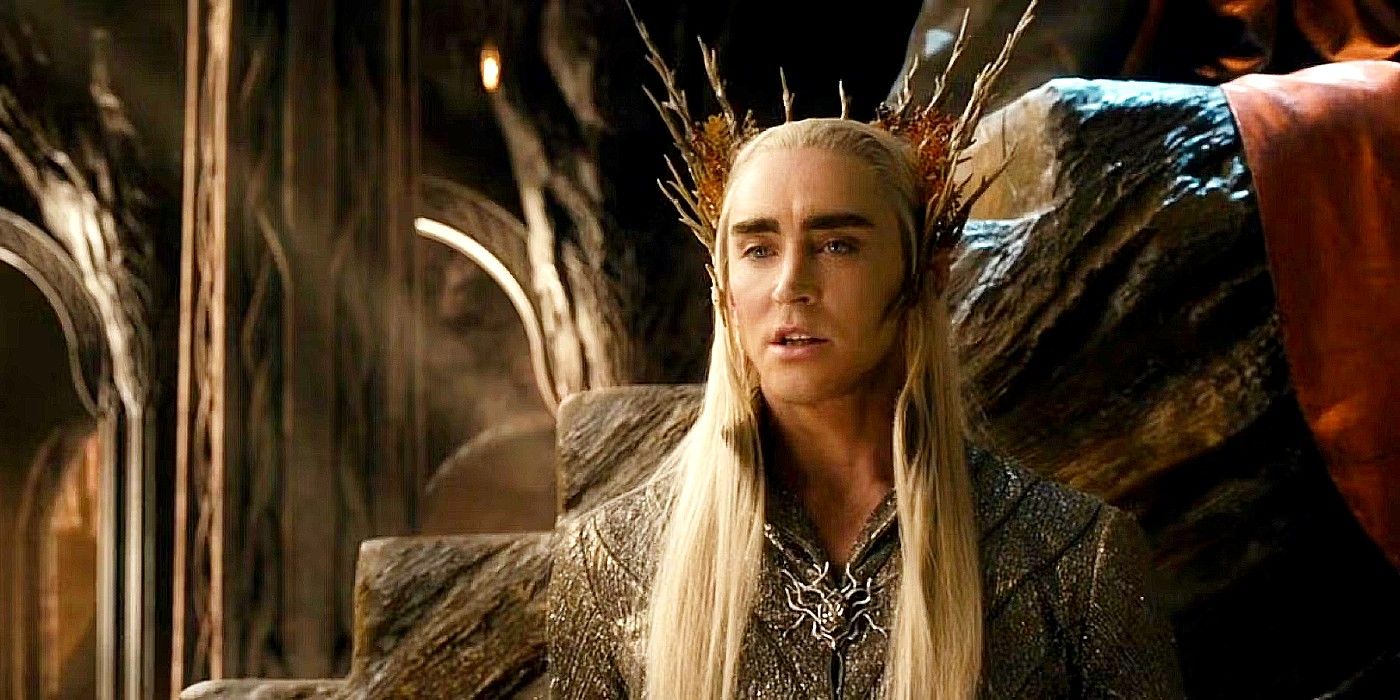





Most Powerful Realms of the Westlands in The Lord of the Rings
Leader(s) During the War of the Ring
Gondor
Denethor
Rohan
Théoden
Dale
Brand
Erebor
Dáin II Ironfoot
Rivendell
Elrond
Lothlórien
Galadriel and Celeborn
Woodland Realm
Thranduil
read less
Saruman’s comment could have simply referred to the seven most powerful realms of the Westlands at the time, regardless of who lived there. That list would be Gondor, Rohan, Dale, Erebor, Rivendell, Lothlórien, and Woodland Realm. Though Dale, Erebor, and the Woodland Realm did not play large parts in The Lord of the Rings, they were important to the War of the Ring. At the same time as the Siege of Minas Tirith, Sauron’s forces attacked these lands to prevent them from lending aid. As Gandalf told Frodo in the section “The Quest of Erebor” from Unfinished Tales of Númenor and Middle-earth,
When you think of the great Battle of Pelennor, do not forget the Battle of Dale. Think of what might have been. Dragon-fire and savage swords in Eriador! There might be no Queen in Gondor. We might now only hope to return from the victory here to ruin and ash.
However, not all of these lands had kings or crowns. Rivendell and Lothlórien were ruled by lords and ladies instead, and though they wore decorative headpieces, they did not seem to be signifiers of their royal status.
The most likely — albeit somewhat disappointing — explanation for Saruman’s comment is that he did not have specific kings in mind. The slight differences between the novel and the film lend credence to this possibility. Saruman’s exact words in the novel were, “Yes, when you also have the Keys of Barad-dûr itself, I suppose; and the crowns of seven kings, and the rods of the Five Wizards.” Notably, he said “seven kings” instead of “the seven kings,” implying that they could have been any seven kings. Further supporting this, “seven kings” was not capitalized while “Five Wizards” was. Ultimately, the identity of the seven kings does not matter, as it would not change the sentiment of Saruman’s statement. He accuses Gandalf of overstepping his boundaries and trying to claim too much power for himself, hoping that this would convince the other heroes, such as Théoden, to stop trusting him. It was quite an ironic quote, as Saruman was guilty of the very things of which he accused Gandalf. Rather than guiding the people of Middle-earth like he was supposed to, he wanted to rule over them. If he had the chance to claim the keys to Barad-dûr, the crowns of seven kings, and the staves of his fellow Wizards, he certainly would have taken it.


